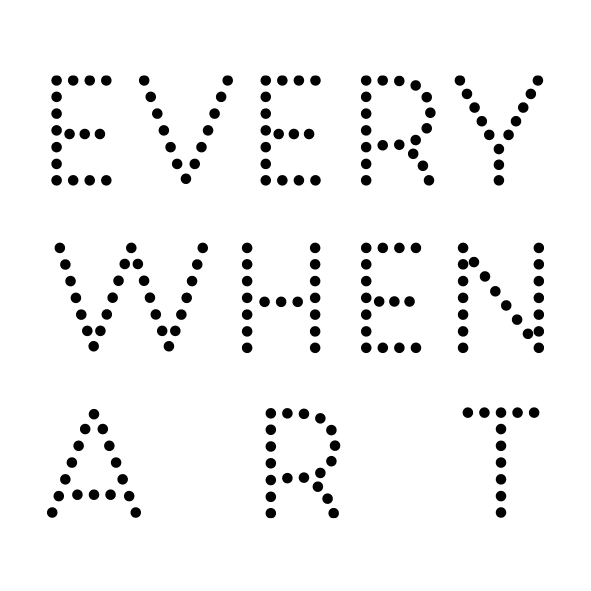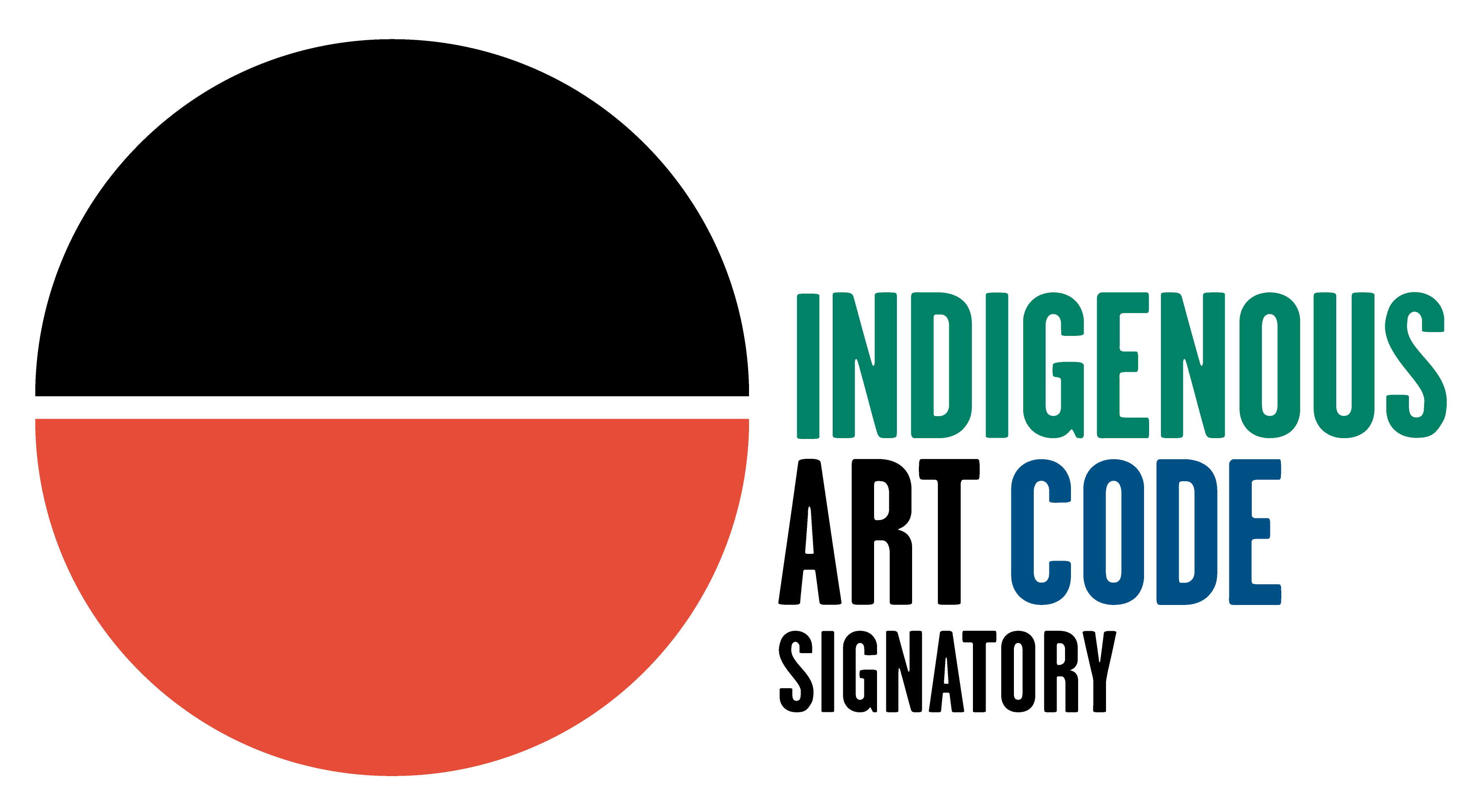Acclaimed for her extraordinary gift of mark-making and storytelling, Ms N. Yunupiŋu was one of the most celebrated and influential contemporary Aboriginal Australian artists. She was a sister to Galarrwuy Yunupiŋu AM, Mundawuy Yunupiŋu, AC (both Australians of the Year) and artists Gulumbu Yunupingu, Barrupu Yunupingu, Nancy Gaymala Yunupingu and Eunice Djerrkngu Ynupingu.
She was of the Gumatj people of East Arnhem Land and had been taught to paint by her father, the cultural leader Muŋgurrawuy Yunupiŋu. For over two decades Nyapanyapa Yunupiŋu worked from the remote community of Yirrkala in the Northern Territory, creating significant paintings, drawings, sculptures and screen-based works.
In 2008, Yunupiŋu won the Wandjuk Marika Memorial 3D Award in the Telstra National Aboriginal and Torres Strait Islander Art Awards with a piece that combined painting on eucalyptus bark with video to narrate a biographic event with in which she was gored by a buffalo in 1975. Her work around this incident was one of the inspirations and backdrop for ‘Nyapanyapa’, a dance choreographed by Stephen Page for Bangarra Dance Theatre which toured the United States.
Mayilimiriw ("meaningless") paintings
In 2008, after a dream in which the buffalo that had mauled Yunupingu in 1975 appeared to her, she vowed to never again paint a depiction of the traumatic event. She began instead to create paintings that were devoid of figurative images. Rather, they focused on layering coloured cross-hatching, creating an artistic style that centred around the nature of creation in the moment. Nyapanyapa's abstraction in her mayilimiriw paintings may not seem to mean anything, but she was a highly ceremonial person, and this work can still be tied to ideas of country and ancestral tradition.
White paintings
Yunupiŋu 's "white paintings" take this concept of mayilimiriw further. These works are solely focused on rhythmic mark-making, excluding colour from the narrative and instead creating works that were uninhibited in their spontaneous nature. Rather than being a premeditated image, the resulting work was fully dependent on the moment, the texture and stroke varying depending on material factors such as the brush and paint she was using. Yunupingu did not draft or plot her paintings, instead, she relied on spontaneity and texture to create her works. Throughout her career as an artist, she transitioned from creating razor-incised carvings of animals and spirits, to linocut prints, to bark paintings, and recently multimedia projections. Within her mayilimiriw paintings, Yunupingu created a structure to work from by adding in circles, lines, and shapes which she then surrounded with crosshatching, using red, pink, and white earth pigments.
In 2017, her abstract painting Lines was awarded the Bark Painting Award at the Telstra National Aboriginal and Torres Strait Islander Art Awards. The work was subsequently acquired by the Museum and Art Gallery of the Northern Territory (MAGNT), Darwin.
In 2020 she was selected as one of the featured artists for the 2020 Australia-wide #KnowMyName initiative of the National Gallery of Australia, and in 2021 she won the prestigious Wynne Prize at the Art Gallery of New South Wales. Yunupiŋu's work has been included in many significant Australian and international group exhibitions and biennale. She held her first solo exhibition of bark paintings in 2008 in Sydney’s Roslyn Oxley9 Gallery. Her work has been exhibited at the Biennale of Sydney in 2012 and 2016 and included in Undisclosed: 2nd National Indigenous Art Triennial at the National Gallery of Australia and touring.

